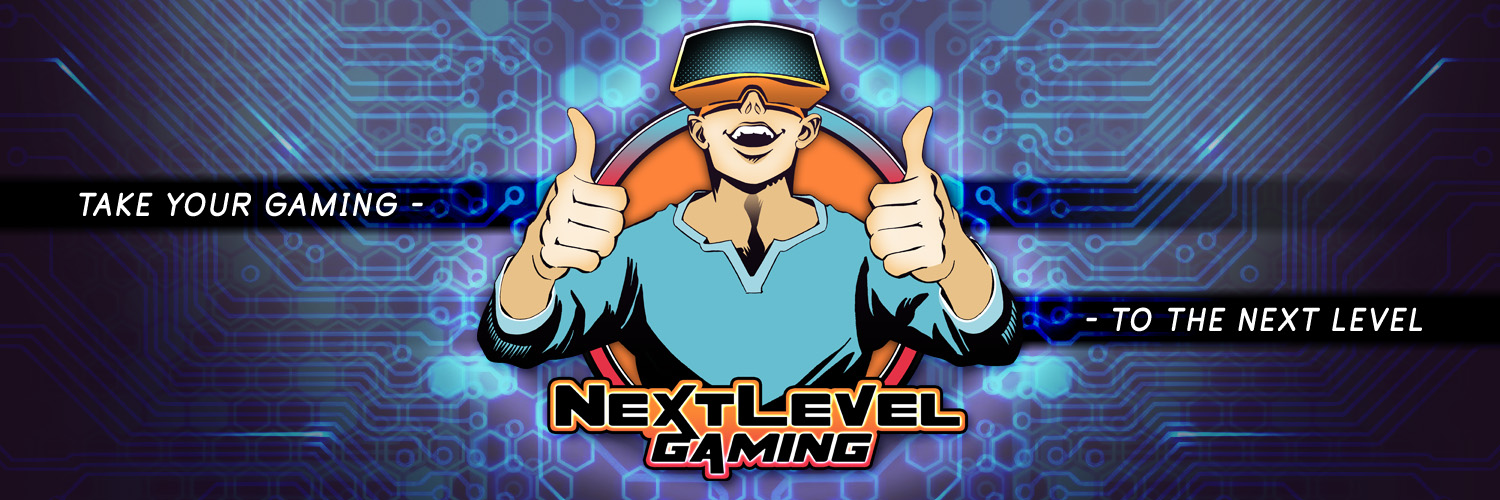Your cart is currently empty!
Game Design 101: How to Turn Your Ideas Into Playable Prototypes
Every great game starts with a spark—an idea. But how do you turn that idea into something real, something you can actually play? That’s where game design fundamentals come in. In this guide, we’ll walk you through the steps of transforming your game concept into a functional prototype, so you can test, refine, and build the game of your dreams.
Step 1: Brainstorm Game Mechanics
Before you write any code or create assets, start with your core gameplay mechanics. Ask yourself:
- What is the main goal of the player?
- What actions can the player take?
- What challenges or obstacles will they face?
- What makes this game unique?
Write everything down. Use mind maps, bullet lists, or storyboards to visualize your concept. Tools like Miro or Trello can help you organize your ideas.
Step 2: Define Your Game Loop
A game loop is the cycle of actions the player goes through repeatedly. It usually includes:
- Input: The player takes an action (e.g., jumps, shoots, moves)
- Processing: The game reacts to that input
- Output: The game provides feedback (e.g., score changes, animations, sound)
Design a basic loop first, then expand as needed. Keep it simple for your first prototype.
Step 3: Create a Paper or Digital Mockup
Before diving into development, create a basic mockup of your game. This can be:
- A paper prototype using drawn levels or cards
- A slideshow-style storyboard
- A simple digital layout using tools like Figma or Tiled
Mockups help you visualize the structure of your game, spot early design flaws, and adjust mechanics before you start coding.
Step 4: Choose the Right Development Tools
Depending on your goals and skill level, pick a beginner-friendly game engine like:
- Unity: Versatile for both 2D and 3D games
- Godot: Lightweight and open-source
- RPG Maker: Great for story-driven RPGs
These tools offer drag-and-drop features, visual scripting, or scripting languages that are accessible for new developers.
Step 5: Build a Minimal Viable Prototype (MVP)
Your prototype should include the core gameplay only. Don’t worry about visuals, sound, or polish just yet. Focus on:
- Player movement
- Basic interactions (e.g., collecting, jumping, fighting)
- Simple win/lose conditions
Keep it rough. The goal is to test functionality, not make it pretty.
Step 6: Test and Get Feedback
Play your prototype yourself and have others test it too. Ask questions like:
- Is the gameplay fun?
- Are the mechanics clear and responsive?
- What can be improved or removed?
Use this feedback to iterate and improve your prototype.
Conclusion
Game design is a process of discovery, iteration, and creativity. By starting with solid mechanics and building a prototype, you lay the foundation for a successful game. Remember: start small, test often, and don’t be afraid to make changes.
Ready to Bring Your Game to Life?
Find beginner-friendly assets, tools, and templates at NextLevelGamingStore.net and start prototyping today!

